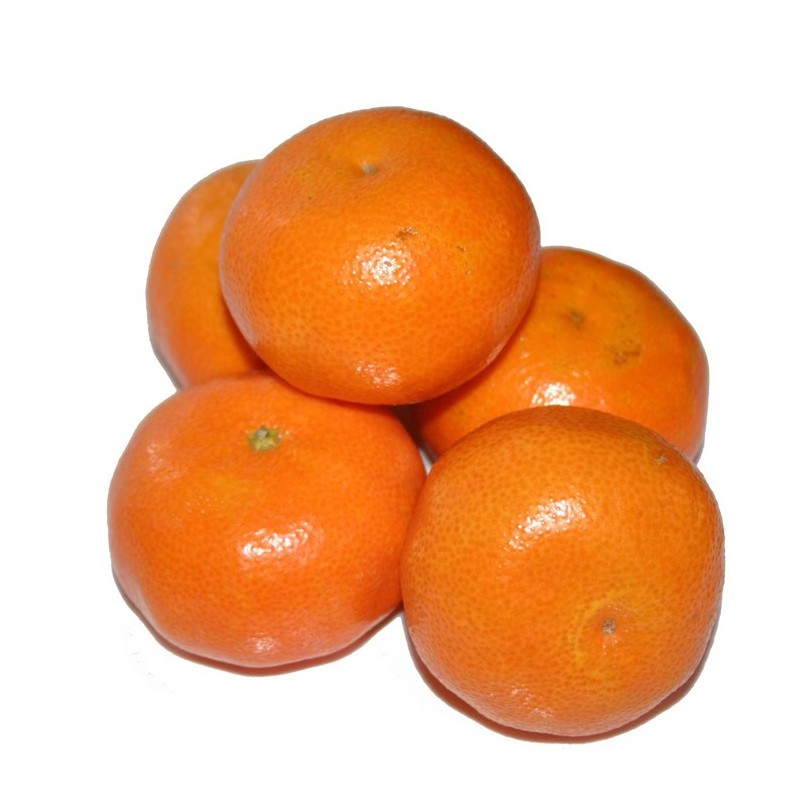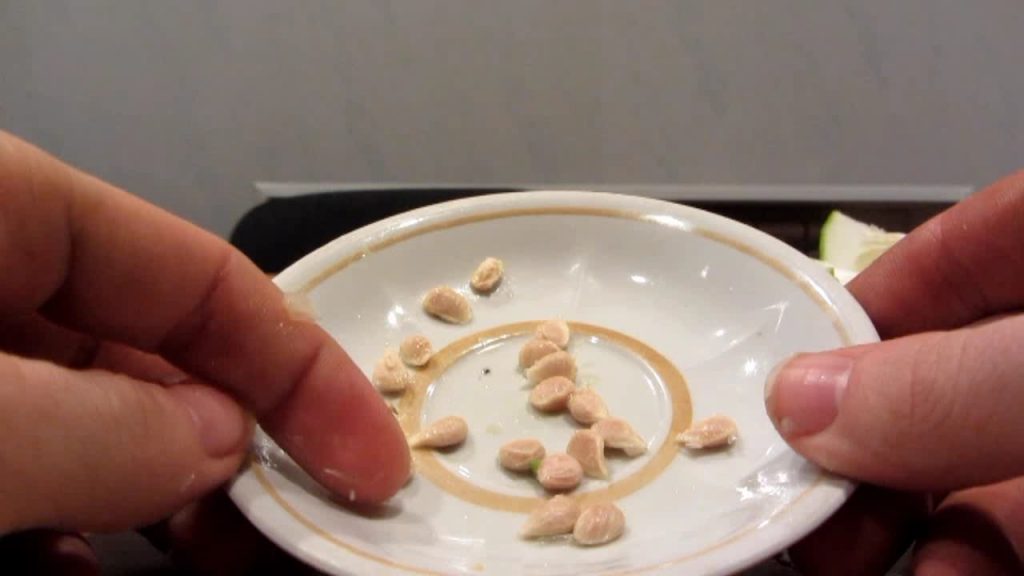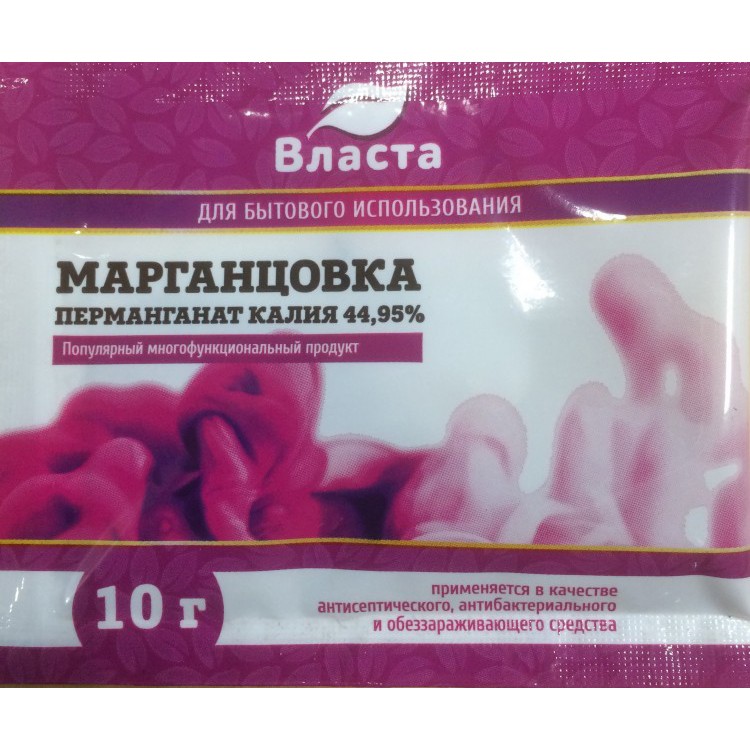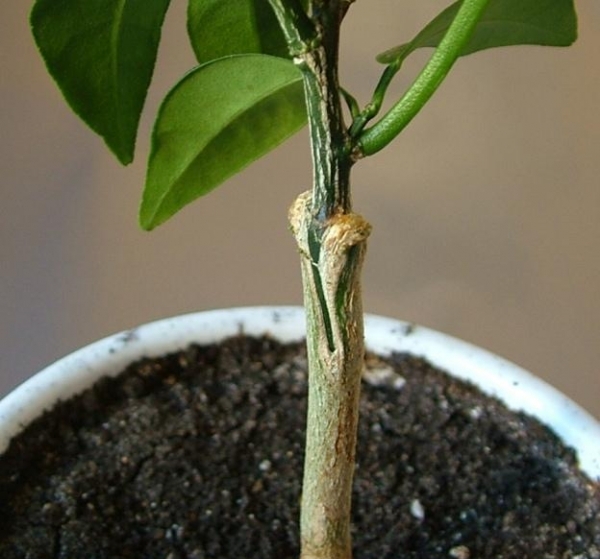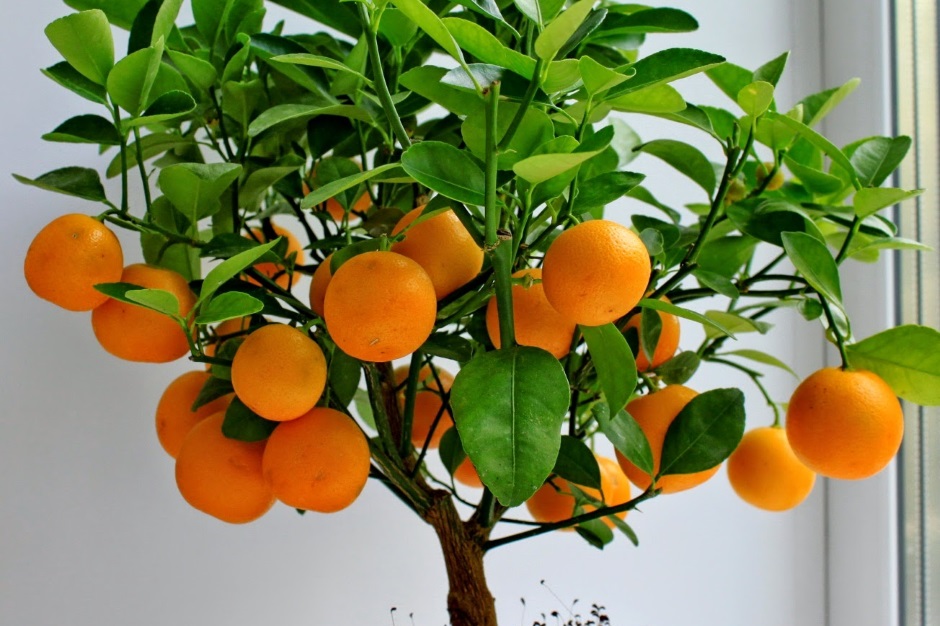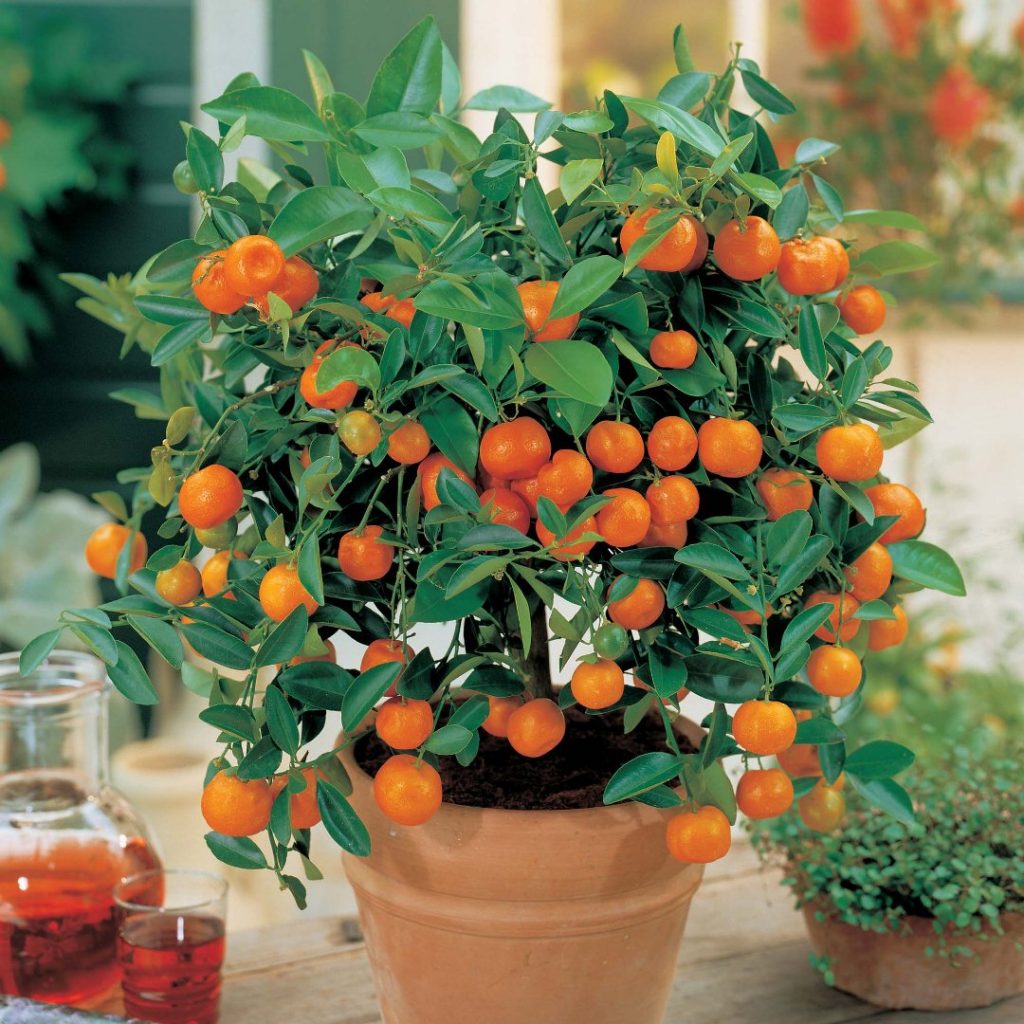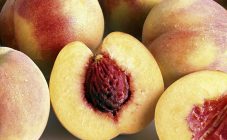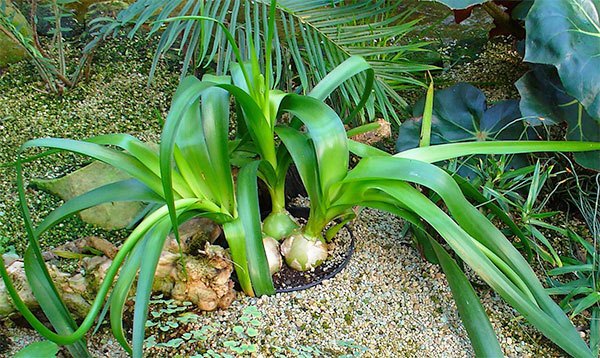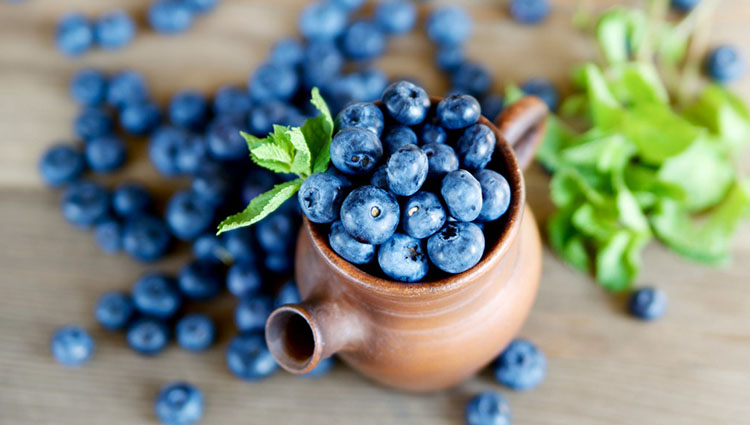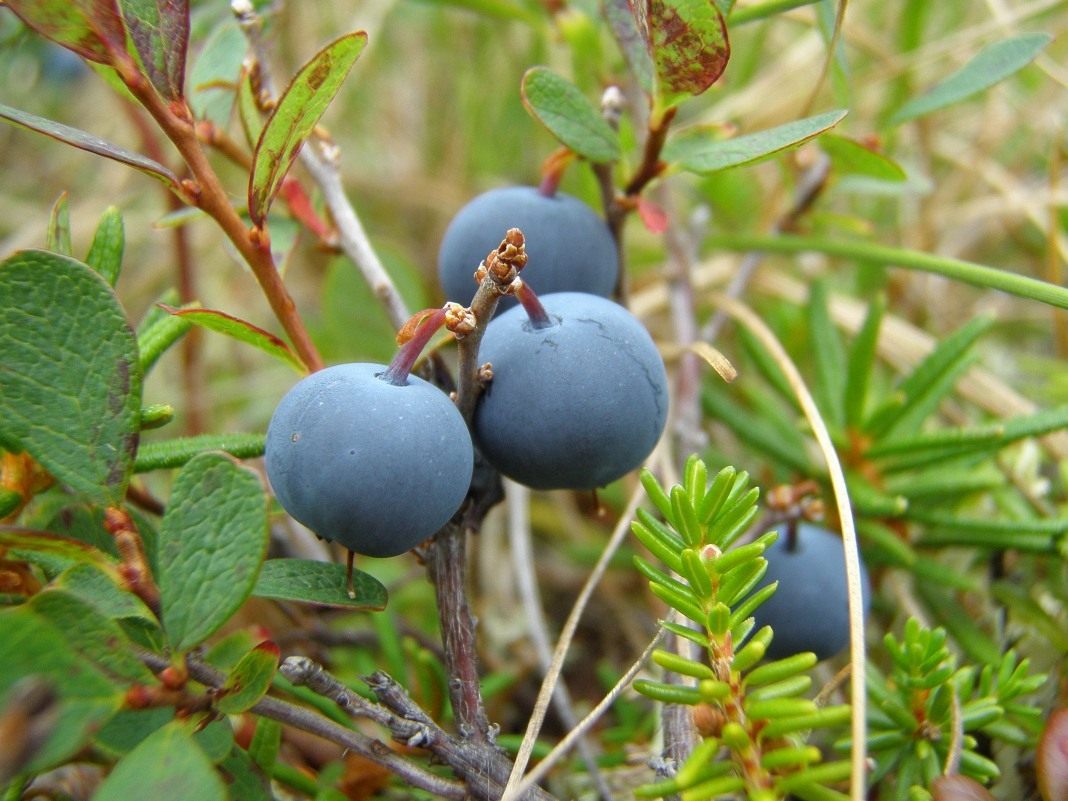Content:
The most unpretentious and easy to take root in the apartment of all citrus fruits is the tangerine tree. Caring for it at home also does not cause much trouble, but it has its own characteristics. Such a plant has excellent decorative properties, when it blooms, it emits an aroma better than any air freshener, and is also able to please the owner with delicious orange fruits grown on their own windowsill.
General information
The mandarin tree is a representative of evergreen flowering plants. Its height can reach 4 meters, and its yield during the year is up to 5 thousand fruits. However, these indicators are only possible if the plant grows in the wild with suitable climatic conditions. The mandarin crown is quite sprawling and grows up to 3.5 meters in diameter. The bark of an adult tree is light gray, while young branches are dark green. The leaf is small, dense, does not change color during the season. The lifespan of one leaf is 4 years.
Mandarin flowers are most often arranged singly, in rare cases - in pairs. The flowering period is from April to early summer. At this time, the tangerine looks very beautiful, besides, it smells like a wonderful aroma, somewhat reminiscent of bergamot notes. Mandarin is able to pollinate with its pollen, which is why it is classified as a self-fertile plant. Already in the third year after planting the seedling, you can enjoy the first harvest of useful fruits.
Mandarins have an interesting growing season. Twigs give the first growth in spring, and the second - closer to the beginning of autumn. The harvest is formed at the second increase of the last year. Ripening of fruits begins in October, and in December, their collection is completely completed. Fruiting lasts for 7 months.
Many species and even more varieties of mandarins are now known, but not all of them are suitable for growing at home. Indoor Mandarin can only be obtained from the following types:
- Unshiu;
- Forged-Wasse;
- Clementine;
- Shiva Mikan;
- Murcott.
Attention! For home cultivation, it is best to give preference to the tangerine trees belonging to the Vasya group.
If we talk about the varieties of mandarin, then you should opt for the following:
- Willow;
- Marisol;
- Nules;
- Rubino;
- Nobils;
- Abkhaz early;
- Agudzera and others.
All of them are able not only to give a decorative look to your room, but also to delight with a harvest of delicious fruits on the windowsill.
Growing tangerine
Buying a ready-made fruiting plant is suitable for those who do not want to waste time and grow a seedling from a stone. Tangerine trees are sold by nurseries, online stores and specialized houseplant stores. However, such an acquisition will not bring tremendous pleasure, as if you grow a tangerine from a bone at home on your own. And money can be saved in this way.
In no case should citrus be grown in acidic soil containing peat. The soil in which the tangerine will grow must not only have a sufficient supply of nutrients, but also be light, breathable and perfectly retain moisture. Such a soil can be prepared independently from the following components:
- in equal parts, leaf and sod soil is taken;
- disinfected coarse river sand is added;
- cow humus is added.
When the tangerine reaches the age of three, oily clay is also added to the ground, which will not allow moisture to evaporate quickly and protect the roots from drying out. A pot for growing a citrus plant should be filled with up to 5 cm of drainage. For these purposes, small pebbles, shards of clay, expanded clay are used. Thus, excess water will not stagnate at the bottom, and air circulates better through the soil.
Before cultivating a tangerine, you need to select a suitable planting material. The seed can only be taken from ripe fruits, colored in a deep orange color. Light yellow, and even more so green tangerines are not suitable for collecting seeds. To obtain two or three sprouts, you need at least 10 grains. It is better to plant them right away, without waiting for the seed to shrivel. It is better to buy fruits during their natural ripening period, that is, in late autumn or winter. At other times, there is a risk of acquiring poor quality mandarin hybrids.
A step-by-step instruction on planting tangerine seeds begins with the fact that the seeds must undergo pre-sowing treatment for fungal diseases in an aqueous solution of hydrogen peroxide. It should be done in a ratio of 1:10. The residence time is minimal, you can simply dip the bones in there and immediately get them back. After that, the tangerine seeds are placed in a cloth, moistened and left for several days. The napkin is periodically moistened (as it dries). You can do without preliminary germination, only in this case most of the sown seeds may simply not sprout.
As soon as the seeds hatch, a small pot and nutritious soil are immediately prepared. Tangerine seeds are planted to a depth of 1-2 cm. In the future, strong shoots should be transplanted, and weak ones - removed. Reviews of gardeners indicate that plastic cups are used to grow a tangerine seedling. It should only be noted that excess moisture evaporates from them much worse than from flower pots or peat cups.
If it's winter outside, then young tangerine seedlings will need additional lighting for good growth. For these purposes, special phytolamps are used. Also, make sure that the soil in the pots remains moist at all times.
Care of a young seedling
How to care for a young tangerine tree so that it shows good results and beautifies your home? First of all, you need to constantly spray the leaves and make sure that the earth does not dry out. Also, moisture stagnation should not be allowed. In order not to catch any disease, you should not use water that has just been taken from the tap to spray the tangerine tree. It is necessary to let it settle for at least a day, but it is better to take a cleaned one. To avoid decay of the root system, a little potassium permanganate is thrown into the irrigation water.
A young home tangerine can become a tasty morsel for aphids and midges. So that they do not attack the plant, it is necessary to spread onion husks around it. If the pests have already appeared, then the tangerine is washed with a tincture made from garlic, salt and with the addition of laundry soap. To prevent insects from settling on the surface of the soil, over time it will need to be loosened. However, they do this only when the tree is already well rooted. Otherwise, the seedling will begin to die.
In order for a tangerine tree to start bearing fruit, it must be grafted.For this, a cutting of a varietal species is used. The pruning is done with a sharp and carefully sterilized instrument. Before grafting a seedling, make sure that it has reached the thickness of a pencil. There are many methods for carrying out this operation, you just need to choose the most affordable and suitable one:
- T-shaped;
- at an acute angle;
- V-shaped.
All work is carried out quickly and as accurately as possible. At the end, the place of the scion is bandaged and coated with garden varnish. You can treat tangerine with growth stimulants. For some reason, some experienced flower growers recommend covering the plant with cellophane to create more comfortable conditions after the scion, but this is not a necessary measure at all. It is better to grow a tree on the south side, where sufficient lighting will be provided.
Each year, the tangerine will need to be transplanted from a smaller pot to a larger one. When the tree reaches four years of age, it can be placed directly in a wooden tub, where it will grow over the next 2-3 years. It is recommended to pre-burn the container, thereby disinfecting it. Repotting is best done in the spring. It is at this time that the tangerine wakes up, begins to develop. Initially, only a small tunnel is made and they look at the condition of the roots. If they tightly braided the entire space, then a transplant is simply necessary. If there is still enough free space, the top layer of the soil is replaced and the tangerine is left until next year.
In order not to injure the mandarin root system, before transplanting, the soil at the edges must be moistened with water so that it lags well behind the pot. It is worth tapping lightly on the vessel with your hand so that the roots are easier to separate from the walls. Only after this can the tangerine be taken by the trunk and removed from the container, without cleaning the root system from the old soil. Put the plant in a previously prepared new vessel with a poured drainage layer, and fill it with nutritious soil mixture on top, ramming it a little. Next, the tangerine sapling is watered and placed in a sunny place.
Tangerines should be grown only in a well-lit, sunny place. An adult tree is placed not far from the western or eastern windows, and young seedlings are placed on the northern windowsill. If there are blinds on the south windows, then the plant will feel great. Otherwise, ultraviolet light can burn the crown and dry out the soil. As a result, the leaves begin to turn yellow and fall off. In the summer, it is advisable to move the tangerine to the balcony or to the garden, under the trees.
In the spring, during the period of bud formation, the temperature of tangerine should be at least + 20 ° C. At + 17 ° C, the tree blooms, emits a pleasant smell, but the fruit is not formed. In winter, on the contrary, the plant falls into dormancy and needs a gradual decrease in temperature indicators to + 16 ° C. However, this should be done precisely gradually so that the tangerine does not throw off the foliage. Such changes are necessary in order for the plant to regain its vitality, the flowering is exuberant, and the fruits are sweet.
If the soil in the pot becomes dry, spider mites can attack the mandarin. In this case, the leaves will begin to curl, turn yellow and fall off. It is necessary to moisten the soil in a timely manner, but avoid excess moisture. In summer, tangerine is irrigated daily, and in winter it is enough to water it a couple of times a week. For irrigation, it is recommended to take melted or rainwater, which is passed through a conventional standard filter. The impurities contained in ordinary tap water gradually settle in the pot, as a result of which the tangerine tree is often sick. Water temperature at the time of irrigation should be 35 ° C. The procedure is best done in the morning.
In winter, the tree does not require fertilization, but during the period of flowering, formation and ripening of the fruit, the mandarin should be fed with complex fertilizers containing potassium, phosphorus and nitrogen. They do this twice a month. It is recommended to alternate mineral and organic fertilizing. Solutions of poultry manure or cow manure are used as organic matter.
To limit the growth of the tangerine tree and give the crown a rounded shape, the twigs must be pinched. Also, before the beginning of flowering, they carry out a sanitary pruning of the tree, removing dry twigs and yellowed leaves from the mandarin, as well as those processes that will not bear fruit and only consume nutrients. For quick healing of the cuts, they are smeared with tree resin. Thus, a beautiful and lush crown is formed.
During the first flowering, excess flowers are cut off from the mandarin, leaving only 10-15 pieces. Otherwise, the plant will be depleted. The older it gets, the more peduncles you can leave. Large fruits bend the branches down and can break them, therefore it is recommended to install several supports under the fruiting shoots.
Reproduction of a tangerine tree at home
Homemade tangerines are propagated in two main ways:
- rooting a cut from the top;
- grafting on the stock.
The first method is used at the very beginning of summer. To do this, you will need root formation stimulants, because tangerine branches themselves do not form roots well. Vaccination shows much better results. A seedling of any citrus plant can serve as a stock.
In addition, indoor tangerines are propagated and seeds from ripe fruits are propagated, but this option is very troublesome, it takes a very long time to wait for a positive result.
Growing tangerines in your own apartment or house is not that difficult. The main thing is to treat it with love, and the plant will surely thank you not only with its magnificent decorative qualities and the fragrant aroma of flowers, but also with tasty healthy fruits. Observing the rules of care and taking into account the peculiarities of tangerine agricultural technology, even a novice florist will be able to succeed and pleasantly surprise friends and family. Own tangerines ripen, as a rule, for the New Year holidays.

